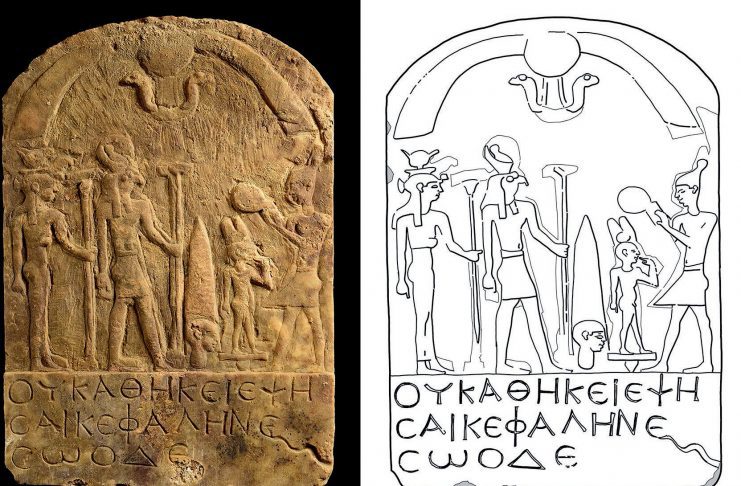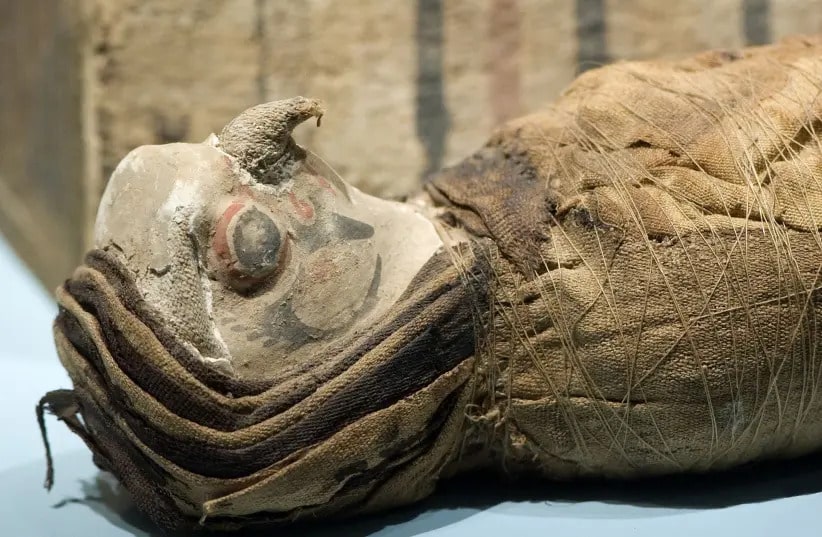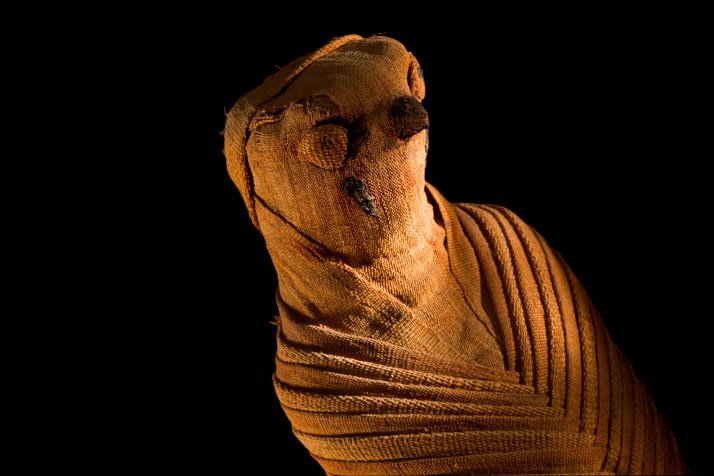The discovery was made by archaeologists from the Sikait Project led by Professor Joan Oller Guzman at the Autonomous University of Barcelona.
The study was recently published in the Journal of American Archeology, describing the Sikait Project’s excavation of a Late Roman religious complex.
The religious complex, named “Falcon Temple” by researchers, dates back to the Late Roman period, which spanned the fourth to sixth centuries AD. During this time, the city was partially occupied and controlled by the Blemmyes, as shown by the discovery of stele inscriptions in a small traditional Egyptian temple, adapted by the Blemmyes to the system. their beliefs after the 4th century AD.

The Blemmy people were nomadic people of the Eastern Desert who appear in written sources from the 7th to 8th centuries BC. The Greek term first appeared in a poem by Theocritus and in Eratosthenes in the third century BC. Blemmyes, according to Eratosthenes, lived with the Megabaroi in the land between the Nile and the Red Sea north of Mero. They occupied Lower Nubia and established a kingdom at the end of the 4th century. From the inscriptions in the temple of Isis at Philae, a considerable amount is known about the structure of the Blemmyan state.
The most notable discovery in the temple was about 15 falcons, most of them headless. Falcon burials have been found in the Nile Valley but this is the first time archaeologists have discovered falcons buried in a temple and accompanied by eggs.

This discovery the team says suggests a new, previously unknown ancient ritual when compared to falcon burials in the Nile Valley.
Headless falcon mummies found in other areas are always individuals, not a group, as in the temple discovered at Berenike.
In the temple there is the following inscription: “It is improper to boil a head in here”, which is understood as a message prohibiting those entering the temple from boiling the heads of animals inside the temple.
“ From its archaeological context, the stele almost certainly records a prohibition related to the cult of falcons ,” the researchers wrote in the study.
” All of these elements point to intense ritual activities combining Egyptian traditions with contributions from the Blemmyes, sustained by a theological basis that may have been related to the worship of Khonsu (ancient Egyptian Moon god). These discoveries expand our knowledge of the Blemmyes, nomadic people who lived in the eastern desert during the decline of the Roman Empire. Professor Joan Oller Guzman, head of the Sikait project, concluded.
Ancient Egyptians not only embalmed humans but also animals because they believed they were sacred.
In ancient Egyptian depictions, the king of the gods Amun had the head of a ram, the god of death Anubis had the head of a jackal, and the god of the sky Horus had the head of a hawk.
These are just a few of many examples that show the special role animals played in ancient Egyptian culture. Because they are considered sacred, they are revered. But this also caused them to be killed and mummified in large numbers.

Any animal, from crocodiles to baboons and birds such as falcons, hawks and ibis, can be killed for a supposedly just cause. Even rodents and snakes were among the millions of animals mummified as offerings to the Egyptian gods. Animals are raised precisely for this purpose.
Some animal mummies have been found, but there are probably millions of such mummies still lying dormant in Egyptian tombs, untouched for more than 2,000 years.

Thanks to advances in technology, people can now see details inside these ancient animal mummies.





